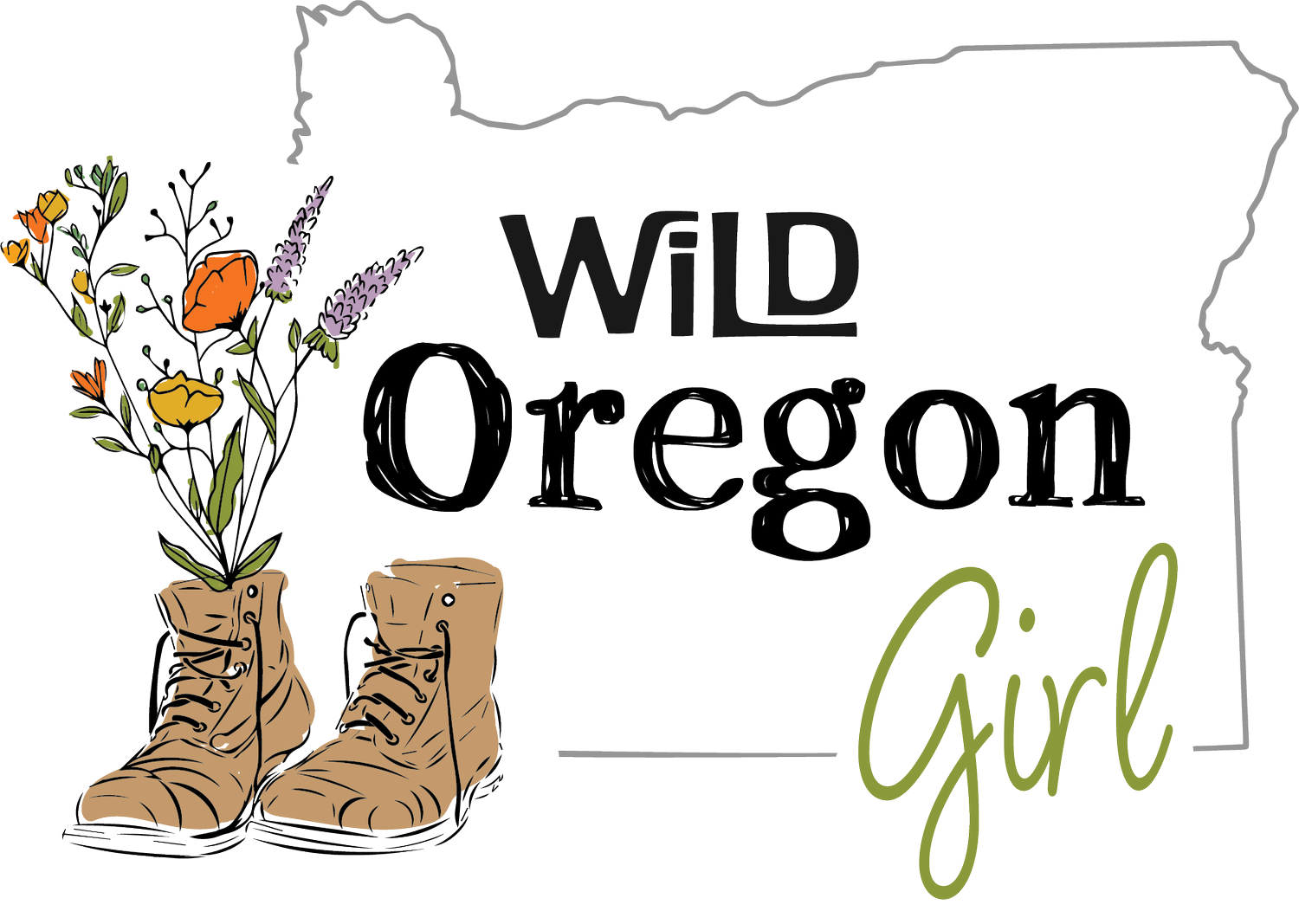Ghost Towns & Pioneer Graves: Oregon's Grassland Roots

Out Shanny-iko-way, where the desert turns to grass, time stands still. It's a long drive from any direction but there in lies it's beauty. The desert miles melt away modern convenience. Slowly, the veil of Urban Irony is lifted, thing's become increasingly more real.
At least for me.
In the city we drink eclectic cocktails on barnwood tables, nosh our locally harvested aperitif. Out here, the barn wood supports a livelihood. The solitary farmer is a 16 hour dust cloud. Around him are ghostly carcasses, lost homesteads. Century old dreams lay baked in the desert sun. They are but apparitions in a literal ghost town.

Shaniko was started by a farmer, who essentially remains unknown. His existing farm was purchased by August Sherneckau in 1897. Sherneckau owned and operated Cross Hollows, a stage stop down the hill from his farm. The stop, named for the area's typography, grew to support a post office. Sherneckau was the postmaster.
Sherneckau was well liked by the Native People who pronounced his German name "Shaniko". He retired to Astoria in 1897. His land was purchased in 1899 by The Townsite Co. for 3,500 dollars. The company plotted the land into 30 city blocks in anticipation of a new railroad connection. The railway would connect Central Oregon to the Columbia Gorge by way of Biggs.
The sheep business was booming in Central Oregon. 170 tents and a fully functional wooden saloon greeted the first train in May of 1900. Within 2 years Shaniko was titled "Wool Capitol Of The World."
The boom was, however, short lived. In 1911 a new connection from The Gorge to Bend along The Deschutes was completed. Commerce slowly declined and the original rail connection to Shaniko was closed in 1942.
 The town has yet to be completely deserted, boasting a stout hearted 26 residents. Their Pioneer Days in June bring The West to life with re-enactments and a scavenger hunt for kids. In August they host a Classic Car Cruise-In and in October a Vintage Ragtime Music Festival.
The town has yet to be completely deserted, boasting a stout hearted 26 residents. Their Pioneer Days in June bring The West to life with re-enactments and a scavenger hunt for kids. In August they host a Classic Car Cruise-In and in October a Vintage Ragtime Music Festival.
Kent I.O.O.F Cemetery
 North of Shaniko, set within golden acres of rolling wheat, is Grass Valley. Once known for rye grass as tall as a man, it is yet another memorial to an era gone by.The town was founded by Dr. Charles R. Rollins in 1878. The doctor and a small group of settlers built a two story hotel and clinic. Life was arduous, the actuality of which is tangible at Kent IOOF Cemetery.
North of Shaniko, set within golden acres of rolling wheat, is Grass Valley. Once known for rye grass as tall as a man, it is yet another memorial to an era gone by.The town was founded by Dr. Charles R. Rollins in 1878. The doctor and a small group of settlers built a two story hotel and clinic. Life was arduous, the actuality of which is tangible at Kent IOOF Cemetery. The marker's here paint a corporal portrait of life in early Oregon. Many of the graves belong to children and young railway workers. Historical records indicate waves of typhoid and diptheria, explosions, and farming accidents. Plenty lost their lives just crossing the river.
The marker's here paint a corporal portrait of life in early Oregon. Many of the graves belong to children and young railway workers. Historical records indicate waves of typhoid and diptheria, explosions, and farming accidents. Plenty lost their lives just crossing the river.
 It is quite easy to forget how hard the early settler's of Oregon worked for what we have now. Here it is absolutely undeniable. Here, the sacrifices have names, stories.
It is quite easy to forget how hard the early settler's of Oregon worked for what we have now. Here it is absolutely undeniable. Here, the sacrifices have names, stories.
In reverence, I will appreciate today!

I.O.O.F stands for The Independent Organization Of Odd Fellows.
What is an Odd Fellow?
"An Odd Fellow is an advocate of FRIENDSHIP and never looks at people with prejudiced eyes or bases his judgment on outward appearances. He supports the idea that all people irrespective of creed, race, color, nationality, social status, sex, rank and station are brothers and sisters. He does not take an undue advantage of his power or the weaknesses of those around him. He is gentle in behavior and never inflicts pain. He avoids impurity in thoughts and unchaste conduct. He also knows that he should respect himself by following temperance in his desires and fighting against vice of every form, chastity of person, and purity in heart and mind."
Shaniko & Grass Valley are located along Highway 97, North of Bend, Oregon.


